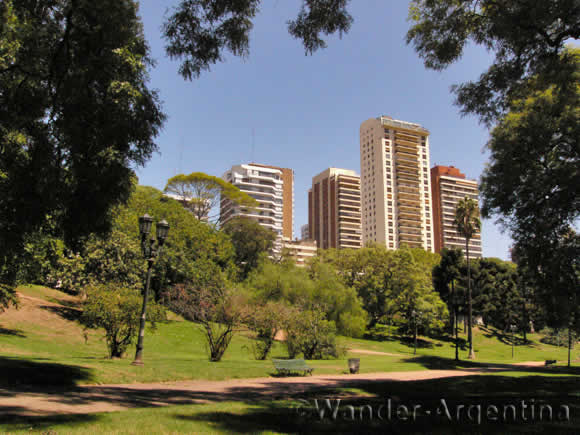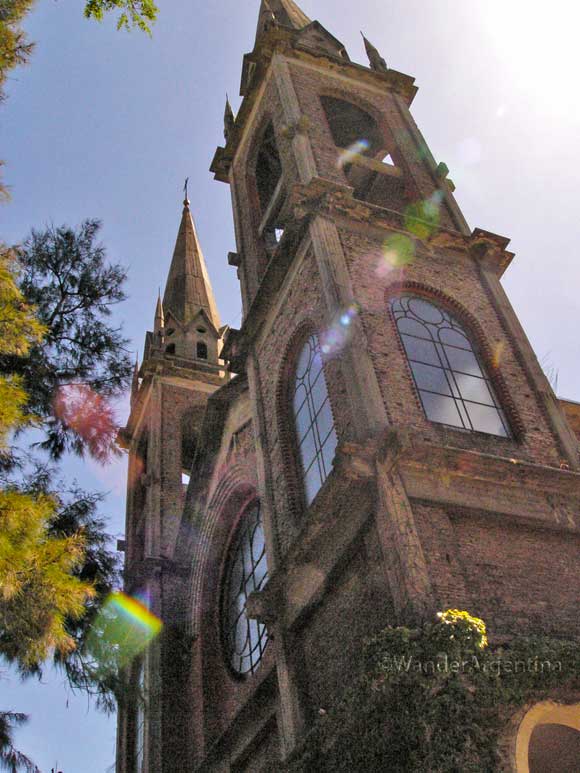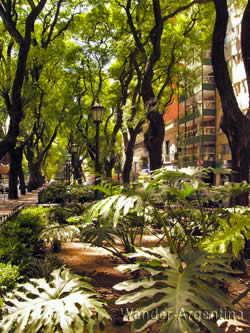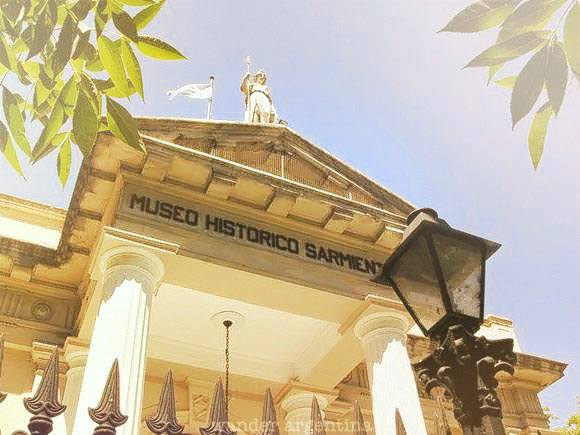If the giant leafy neighborhood of Palermo are the lungs of central Buenos Aires, then its next-door neighbor, Belgrano comprises the rest of the pulmonary system.
This substantial barrio contains a nice mix of bustling commercial streets and quiet tree-lined residential avenues.

Tranquil Belgrano
Named for Argentine forefather and creator of the Argentine flag, Manuel Belgrano, this neighborhood has a refreshing mix of city life within a family-oriented urban community.
Table of Contents
Belgrano’s Green Areas
Belgrano’s cobbled sidewalks, shaded by enormous trees, are a pleasure to stroll.
There is a plethora of cafés, confiterías (pastry shops), and restaurants found along well-established streets such as Juramento and Luis Maria Campos.
It is nearly impossible to walk more than five Belgrano blocks without running into a beautiful plaza or a stretch of green space alongside a busy road.
Fancy but not ostentatious store and boutiques are tucked away on less-traveled streets, between apartments, schools and an abundance of supermarkets.
Main plazas and parks include Manuel Belgrano Plaza on Juramento, Parque San Benito and Las Barrancas de Belgrano, where three plazas meet along a terraced green area.
The well–traveled Libertador Avenue (Avenida del Libertador) is also a lovely pathway that includes a bike trail.
Orientation in Buenos Aires
Belgrano is located north of Palermo alongside the River Plate.
It encompasses the major streets of Juramento, Cramer, Libertador, Luis Maria Campos, and Cabildo, and is bordered by Avenida Congresso and Avenida de los Incas.
Three subte (subway) stops are located within Belgrano all along Avenido Cabildo: José Hernandez, Juramento, and Congresso De Túcuman.
Bus access is good throughout the neighborhood, and several bike paths exist around the neighborhood.

Sections of Belgrano
Belgrano is divided into four sub-sections.
• ‘Belgrano C’ is the commercial district.
• ‘Belgrano R’ is a wealthy residential area with lovely ivy-strewn mansions.
• ‘Bajo Belgrano’ or ‘Belgrano Chico’ contains Ciudad Universitaria, part of the university of Buenos Aires, and Buenos Aires’ growing Chinatown.
The 37-block area of ‘Barrio River’ (aka Nuñez) is so-called because it contains the stadium for the River Plate soccer team, which is the country’s largest.
Since the 19th century, Belgrano, along with neighboring Coghlan, was home to upper-middle class British immigrants (as well as some upwardly mobile Irish, who were often mistakenly labeled British in immigration documents).
The influence is seen in Victorian-era homes and schools such as the Belgrano Day School and the Buenos Aires English High School.
The Irish presence is revered with Irish pubs and the Fahy Club, known for its Irish step-dancing troupe, Celtic Argentina.
After World War I, the neighborhood became dominated by Germans, who established two German-language schools.
With the dawn of World War II, tensions rose between the two communities, segregating the residential areas further.
The lingering German presence in Belgrano is noted with the barrio’s own dying dialect known as ‘Belgrano-Deutsch,’ a WWII-era mix of German and Spanish.
Belgrano Neighborhood Attractions
Along with the many supermarkets, vegetable and fruit stands in Belgrano, health food stores are commonplace.
Belgrano’s most popular attraction for foreigners is its ultimate alternative food destination, Barrio Chino.
For athletic attire and mid-range to pricier clothing, the bustling Avenida Cabildo is a one-stop shopping destination, particularly between Jose Hernandez and Juramento subway stations on the D line.
Independent artisans display their wares daily along the sidewalks around Juramento and Cabildo.
Several private universities are in Belgrano, along with multiple private language learning centers.
Belgrano’s cultural offerings include the Museo de Arte Español Enrique Larreta, a Spanish art museum located in the writer and art collector’s former home.
Museo Casa de Yrutia is found in the turn of the 19th century home of sculpture Rogelio Yrurtia and displays a number of his works.
The historic Sarmiento Museum in the former Belgrano townhall contains a collection of objects dating to the presidency of Domingo Saramiento.
-Alana Fichman

